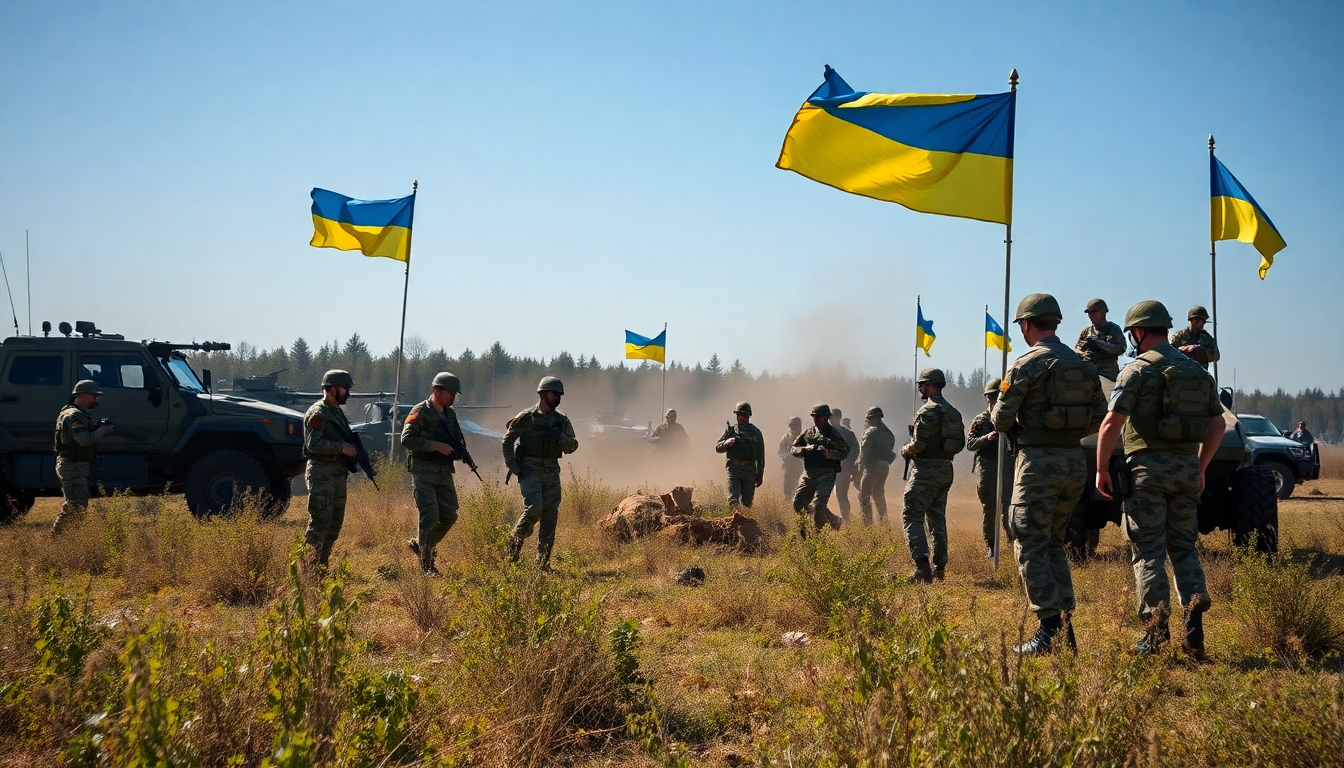Table of Contents
When it comes to international politics, things can get pretty tangled—especially with alliances and military strategies in play. One major player in this scene is NATO, and its support for Ukraine has never been more crucial. Recently, former U.S. President Donald Trump made headlines with his remarks about military aid, signaling a shift in how we think about this support. Let’s dive into NATO’s role in Ukraine, explore the funding dynamics, and consider what this all means for European security.
NATO’s Funding Commitment to Ukraine
Trump recently claimed that NATO would fully cover the military support being sent to Ukraine. He mentioned, “We’re sending weapons to NATO, and NATO is paying for those weapons, a hundred percent.” This statement highlights not just NATO’s financial responsibilities but also how military alliances are evolving in response to ongoing global conflicts.
Meanwhile, Ukraine is facing serious challenges due to delays in U.S. shipments of crucial air defense systems. However, European leaders are stepping up their game. German Chancellor Friedrich Merz has confirmed that Berlin is ready to procure additional Patriot air defense systems, showcasing a proactive stance to enhance Ukraine’s defenses. This teamwork among NATO member states is essential, especially given Ukraine’s urgent need for air defense and munitions.
The relationship between U.S. policy, European defense strategies, and Ukraine’s needs creates a complex web of international relations. With uncertainty surrounding U.S. military aid—especially in light of a Republican-dominated Congress—Ukraine finds itself in a tough spot, worried about the sustainability of prior support.
Strategic Implications for Europe
As NATO continues to support Ukraine, the implications for European security are significant. This ongoing conflict has reignited conversations about defense readiness and military spending across the continent. Ukrainian President Volodymyr Zelenskyy has stressed the importance of securing weapons packages from both European and American sources, underscoring a collective effort to fortify defenses against potential threats.
The broader geopolitical landscape also carries a sense of urgency. With Russia unwavering in its objectives, NATO’s commitment to Ukraine acts as a crucial deterrent. Yet, this commitment must be backed by solid resources and clear strategies to ensure that Ukraine can defend itself effectively.
The shifting stance of U.S. military aid during the Trump administration has sparked questions about strategic decision-making within NATO. As European nations assess their own defense needs, a unified approach to military spending and resource allocation becomes vital. Ongoing discussions among NATO allies will significantly influence the future of military support for Ukraine.
Looking Ahead: The Future of NATO and Ukraine
The future of NATO’s involvement in Ukraine hinges on a few key factors. First up, the coherence of U.S. foreign policy under the current administration will be crucial in shaping NATO’s collective response. Additionally, discussions about defense spending among European nations will determine how much support can be directed toward Ukraine.
As the conflict evolves, NATO must stay nimble in its approach to military aid. The possibility of additional military packages, including advanced air defense systems and munitions, is essential for providing Ukraine with the tools it needs to counter ongoing threats. The ability to adapt to the changing dynamics of the conflict will be vital for NATO’s credibility and effectiveness.
In conclusion, NATO’s evolving role in the Ukraine conflict reflects the larger challenges Europe faces regarding security and defense. A strong commitment to funding military aid, combined with a collaborative spirit among member states, will be key in shaping Ukraine’s defense strategy and ensuring regional stability.


